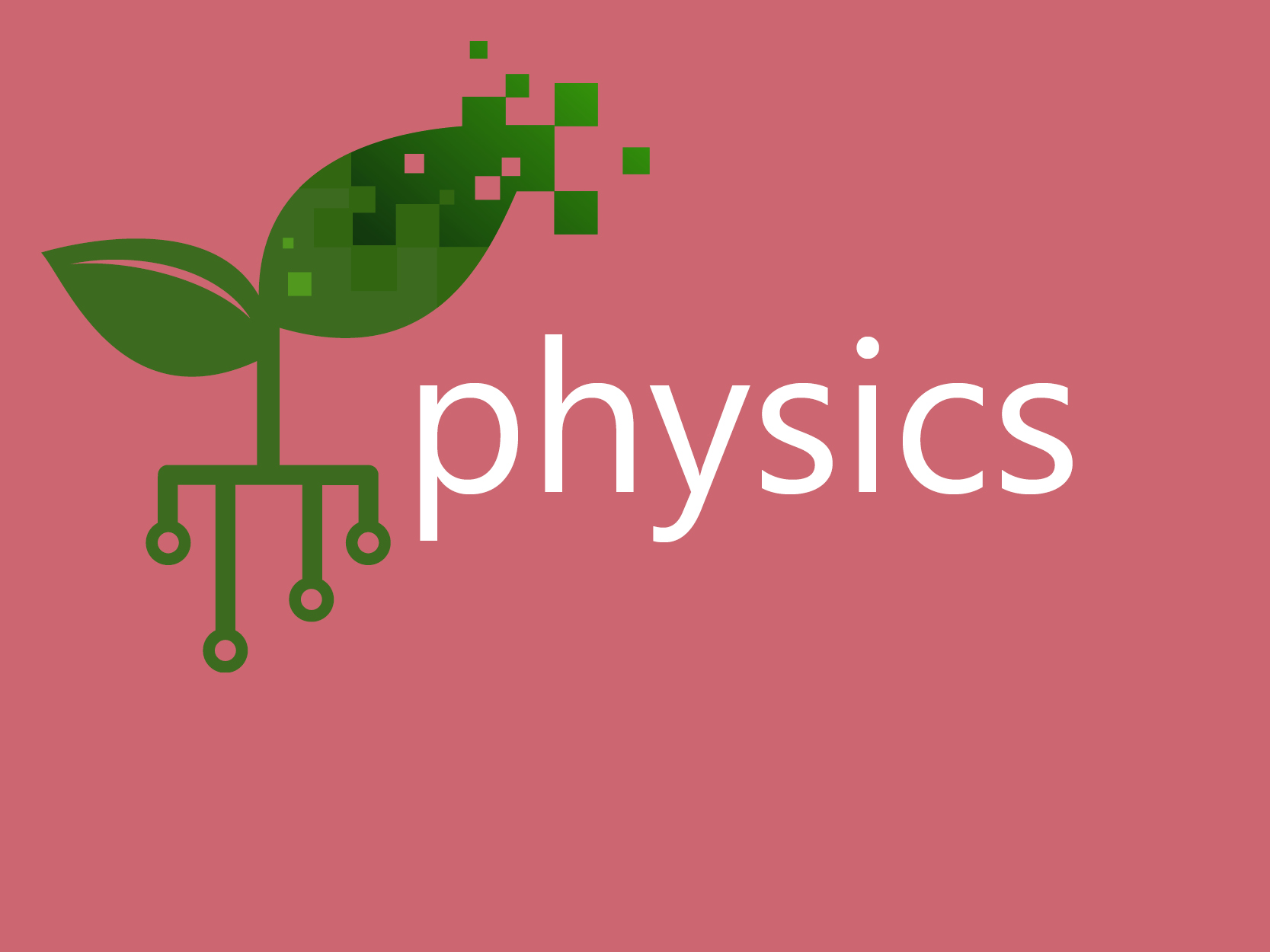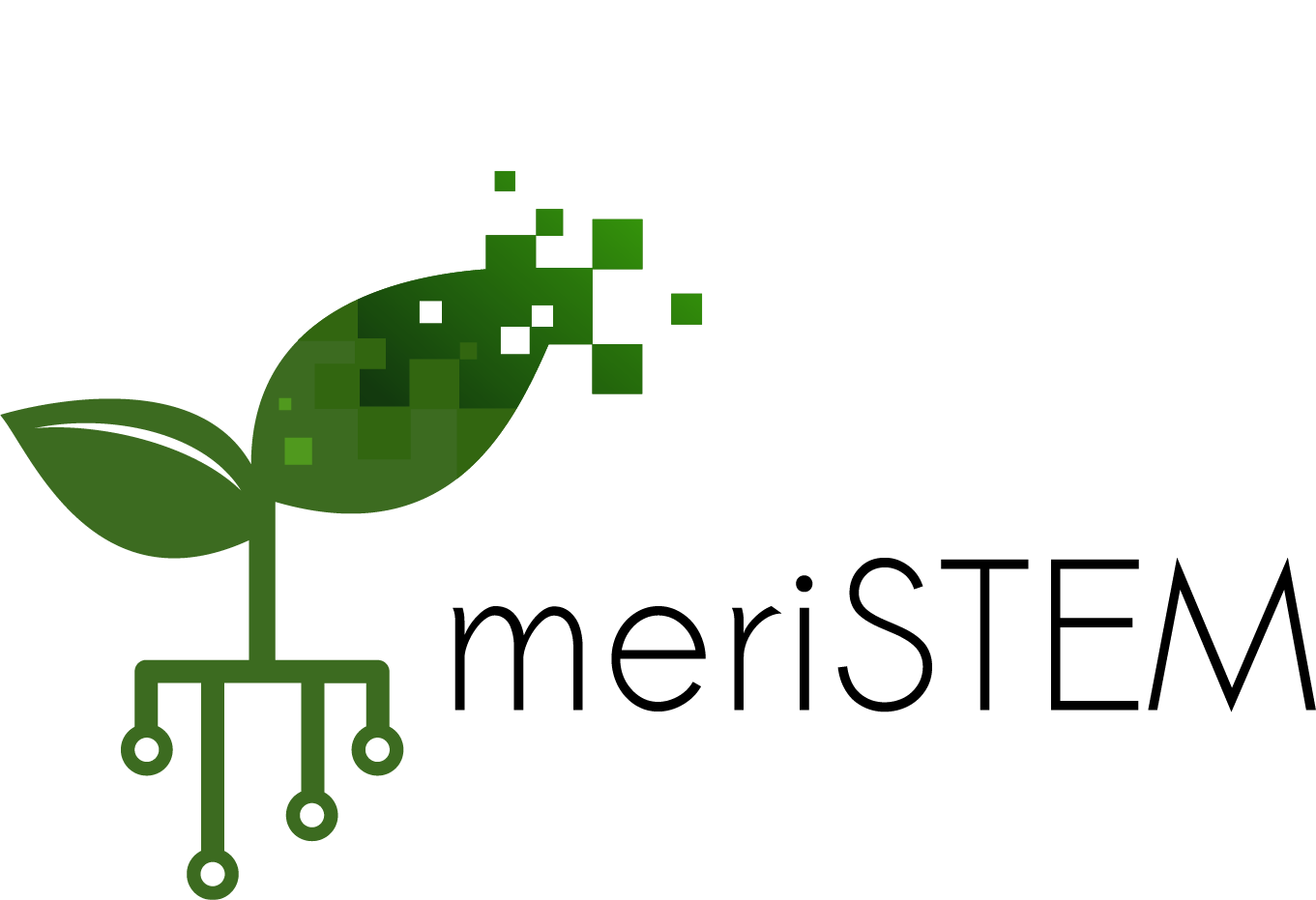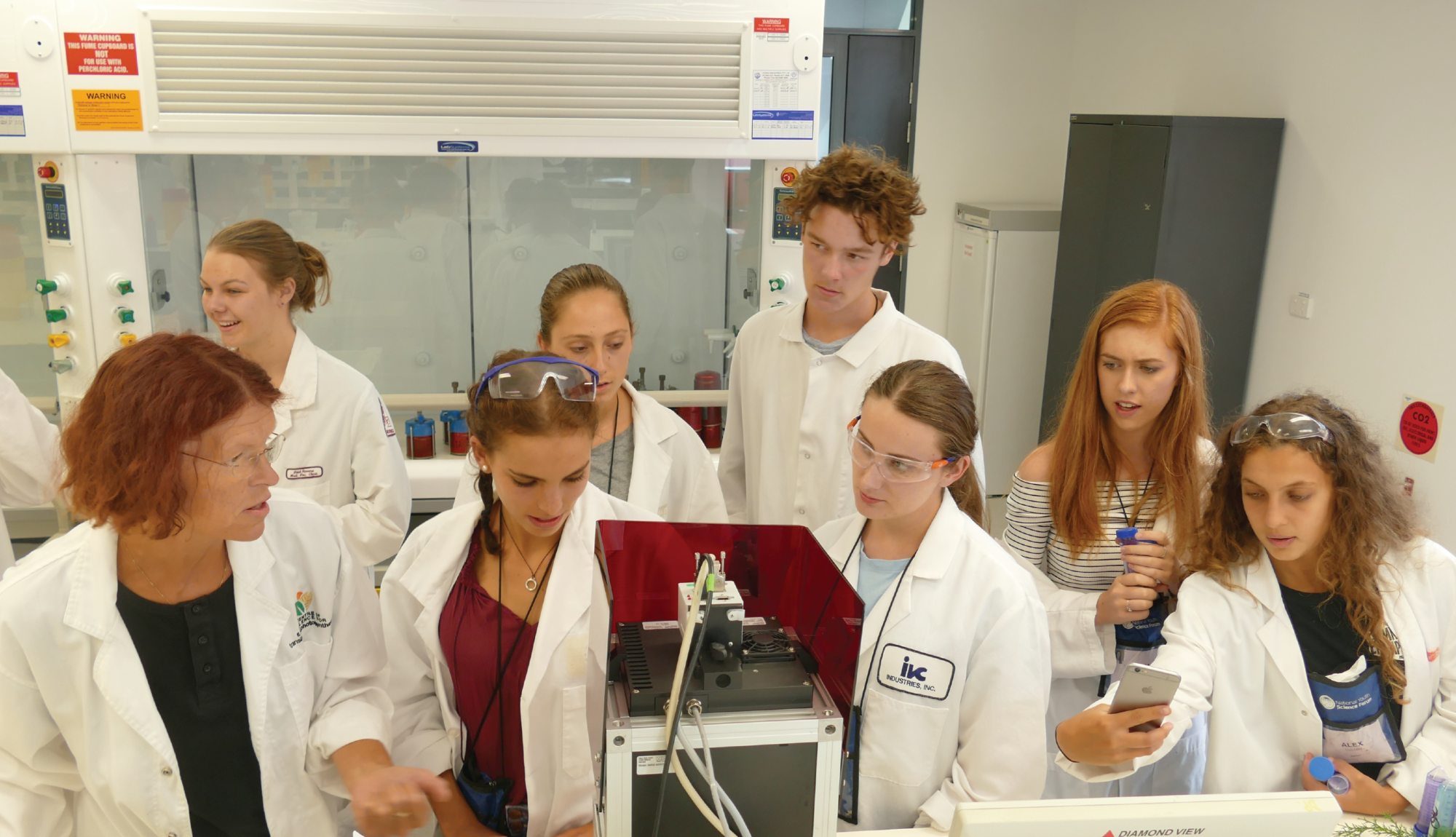Senior Physics – International Baccalaureate

The International Baccalaureate syllabus is different in content and sequence to the Australian Curriculum, however there is overlap with the national curriculum.
These are example schedules to demonstrate the content of the meriSTEM online course and how it maps to your syllabus.
Unit 1: Introductory Physics
| IB Science Understandings | Use meriSTEM Module | Use meriSTEM Sub-topic | Australian Curriculum Physics Science Understandings |
|---|---|---|---|
| Vectors & scalars | Science Skills | Welcome to meriSTEM, Vectors & scalars, Units, Measurement, Graphs, Interpreting data | |
| Mechanics | Mechanics | 1. Motion, 2. Forces, 3. Momentum, 4. Energy and work | 53, 54, 61, 62, 63, 64, 65 ,66 |
| Waves | Waves and Optics | 1. Introduction to waves, 2. Characteristics of waves, 3. Transport in waves, 4. Sound waves, 5. Applying our understandings of waves, 6. Experimenting with pipes 7. Resonance, 8. Refraction. 9. Light, 10. Mirrors and lenses, 11. Optics | 67, 68, 69, 70, 71, 72, 73, 74, 75, 76, 77 |
| Measurement, uncertainties and errors | Science Skills | Measurement, Scaling and Estimates |
Note. As this course was designed around the Australian Curriculum, currently the course does not yet cover:
- use of the term ‘translational equilibrium’
- Impulse
- Force-time graphs to analyse the effect of a collision
Unit 2: Energy Transfer and Waves
| IB Science Understandings | Use meriSTEM Module | Use meriSTEM Sub-topic | Australian Curriculum Physics Science Understandings |
|---|---|---|---|
| Work, energy, power | Mechanics | 4. Energy and work | 63, 65, 66 |
| Thermal concepts | Thermal Physics | 1. Temperature 2. Heat 3. Heat transport 4. Kinetic Theory 5. Using Energy | 22, 23, 24, 25, 39, 60, 67, 68, 69, 70, 71, 72, 73, 74, 75, 76, 77, |
| Intermolecular Forces and Gases | Gases | (Chemistry 55-62) | |
| Quantities | 1. Counting atoms, 7. Chemical quantities | (Chemistry 36, 39) | |
| Electrical energy | Electrical Physics | All [1. What are circuits? 2. Charge and current 3. Energy in a circuit 4. Voltage and current 5. Power 6. Resistance and Ohm’s Law 7. Circuit analysis] | 37, 38, 39, 40, 41, 42, 43, 44 |
| Waves and interference | Waves and Optics | 4. Sound waves, 5. Applying our understandings of waves, 6. Experimenting with pipes, 7. Resonance, 8. Refraction. 9. Light, 10. Mirrors and lenses, 11. Optics | |
| Quantum Mechanics | 1. Double Slit experiment | 135, 140 | |
| Circular motion | Gravity and Motion | 1.Introduction , 2. Gravity in space and on earth, 3. Projectile motion, 4. Uniform Circular Motion | 87, 93, 94, 95, 99, 100, 101 |
Note. As this course was designed around the Australian Curriculum, currently the course does not yet cover:
- Collisions
- Primary and secondary cells
- Resolution and diffracting aperture
- Doppler effect
- Harmonic motion
- Pendulum calculations
- Mass-spring calculations
Unit 3: Fields and Quantum Mechanics
| IB Science Understandings | Use meriSTEM Module | Use meriSTEM Sub-topic | Australian Curriculum Physics Science Understandings |
|---|---|---|---|
| Newton’s Law of Gravitation | Gravity and Motion | 1.Introduction, 2. Gravity in space and on earth 3. Projectile motion 4. Uniform Circular Motion , 5. Space old and new | 87, 93, 94, 95, 97, 99, 100, 101 |
| Gravitational fields | Gravity and Motion | 4. Fields and energy | 97 |
| Electric fields | Electromagnetism | 1. Introduction to electromagnetism, 2. Electric fields | 102, 103, 104 |
| Magnetic fields and electric currents | Electromagnetism | 3. Coulomb’s law, 4. Magnetism, 5. Magnetic fields, 6. Magnetic forces | 102, 105, 106, 109, 110 |
| Electromagnetic induction | Electromagnetism | 7. Induction, 8. Electromagnetic waves, 9. Realistic devices | 108, 109, 110, 111, 112, 113 |
| Interaction of Matter and Radiation | Quantum Mechanics | 2. Origins of quantum mechanics , 3. Atoms and atomic spectra, 4. Quantum mechanics describes everything | 123, 135, 136, 137, 138, 139, 140 |
Unit 4: Modern physics
| IB Science Understandings | Use meriSTEM Module | Use meriSTEM Sub-topic | Australian Curriculum Physics Science Understandings |
|---|---|---|---|
| Ionisation radiation and nuclear reactions | Nuclear Physics | 1. Nuclear composition, 2. Nuclear stability, 3. Unstable nuclei and decay processes 4. Nuclear halflives, 5. Nuclear energies and masses, 6. Nuclear reactions, 9. Ionising radiation | 26, 27, 29, 30, 31, 33, 34, 35, 36, 37, 38, 39 |
| Quantities | 7. Chemical Quantities (mass defect and binding energies) | ||
| Relativity | Special Relativity | All [1. Galilean relativity, 2. Galilean relativity on a train, 3. Frame transformations, 4. The postulates of special relativity, 5. Time dilation, 6. Relativity of simultaneity , 7. Length contraction, 8. Concluding remarks, 9.Paradoxes: Muons, 10. Paradoxes: Bell’s spaceships, 11. Paradoxes: The relativistic limo, 12. Relativistic momentum | 129, 130, 131, 132, 133, 134 |
| The Standard Model | The Standard Model | 1.Introduction to sub-atomic particles, 2. Leptons, Hadrons and Quarks, 3. Reactions | 141- 147 |
Note. As this course was designed around the Australian Curriculum, currently the course does not yet cover:
- Collisions
- Primary and secondary cells
- Resolution and diffracting aperture
- Doppler effect
- Harmonic motion
- Sketching and interpreting the general shape of the curve of average binding energy per nucleon against nucleon number
- Pound-Rebka-Snider experiment
Unit 5: Imaging
Note. As this course was designed around the Australian Curriculum, the course does not yet cover imaging physics beyond the ‘Waves and Optics’ module.
Unit 6: Astrophysics
See meriSTEM cosmology module (in development)
Unit 7: Engineering physics
Note. As this course was designed around the Australian Curriculum, the course does not yet cover engineering physics. Teachers and students may find useful engineering materials at the Department of NSW iTeachSTEM Stage 6 Engineering Studies site.

